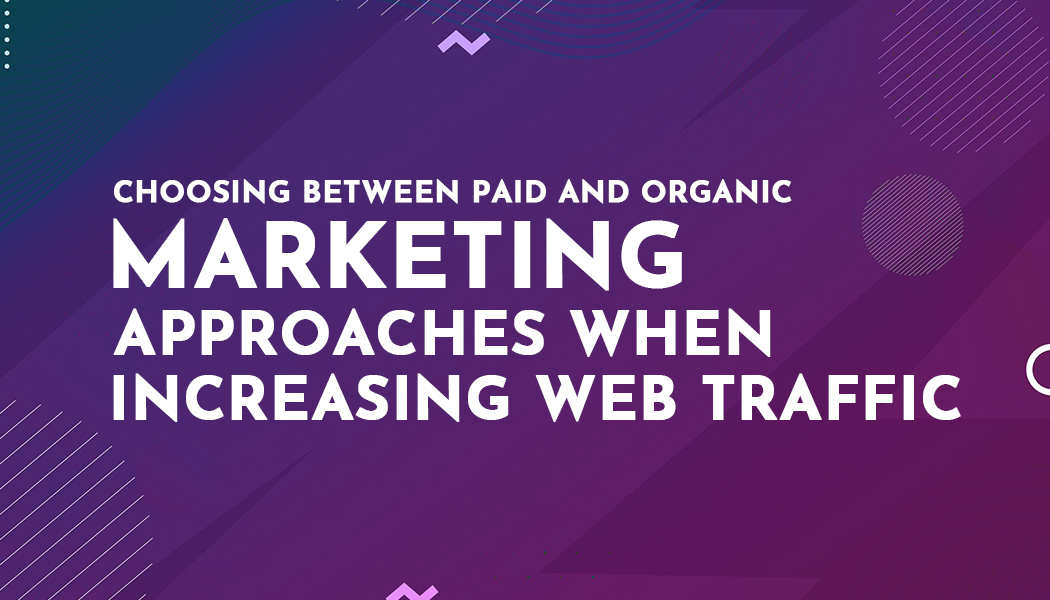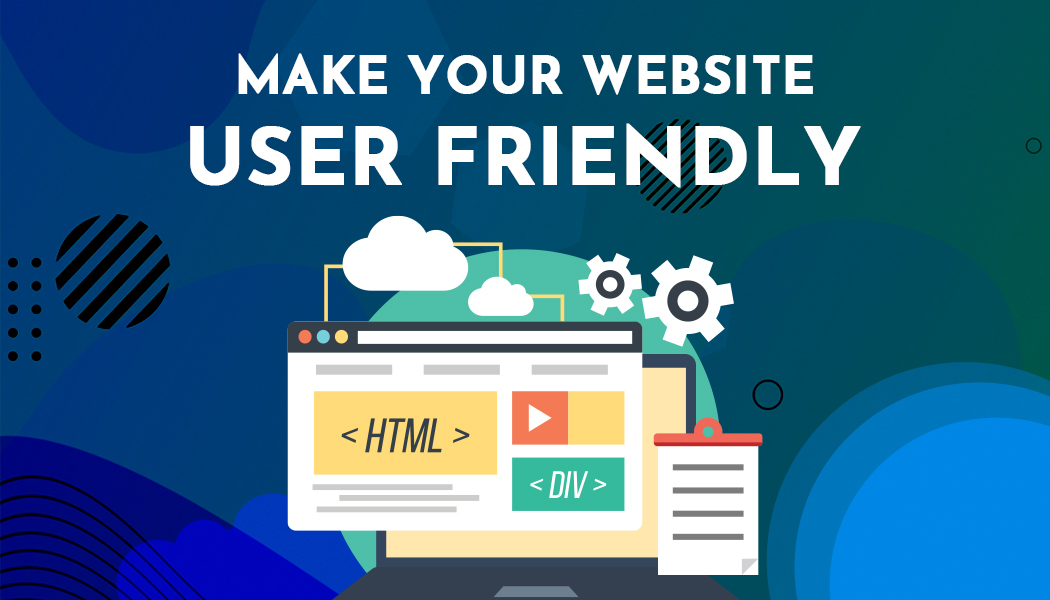Choosing Between Paid and Organic Marketing Approaches When Increasing Web Traffic
Creating a website for your business is only one of the many steps necessary to start building more brand awareness. Considering how competitive it can be when creating an online presence, simply having a website isn’t typically enough - you’ll also need a strong strategy in place to gain more web traffic.
No different than opening up a physical store, if you’re located on a quiet street, it can be hard to get the attention it needs from passersby. Getting the word means you’ll need to use various strategies to spread the word by putting up advertisements or asking for referrals from friends and customers.
It’s the same concept when operating a business online. Thankfully, there are both paid and organic marketing strategies you can apply to start boosting your visibility and attracting potential customers.
Understanding the Differences Between Paid and Organic Digital Marketing
When it comes to designing your website and maximizing your digital marketing efforts, the sheer number of tactics you’ll have available to you can be overwhelming. That being said, many strategies used to bring you more website traffic are categorized as either a paid or organic marketing approach. But how do these two techniques differ?
What are Organic Marketing Initiatives?
Put simply, organic marketing is made up of several different approaches designed to help you naturally increase your website traffic over a longer period of time. Differing from paid advertising, which uses short, temporary bursts of web traffic, organic marketing focuses on creating more sustainable levels of visibility and engagement.
Below are some examples of organic marketing:
- Search Engine Optimization (SEO) - This is one of the core components of organic marketing strategies. SEO prioritizes implementing specific best practices for website structuring and content creation to help display relevancy to search engines when ranking for different keywords or phrases. This increases natural brand visibility on search engines and can bring significant traffic to your website.
- Thought Leadership Content Creation - Focusing on developing high-quality content on a website helps to establish the brand as a thought leader in the industry. This helps to improve search engine rankings and provides more opportunities to get backlinks from other websites pointing to your own.
- Increasing Online Engagement - Social media platforms give brands the opportunity to connect directly with their target audiences and build lasting relationships. Whether sharing content, having conversations about products or services, or providing customer support, these platforms help businesses humanize their brand.
What is Paid Advertising?
Paid advertising is a digital marketing strategy where you allocate funds that can be used to directly increase your online visibility and reach. This allows you to target your intended audience through highly visible advertisements prominently displayed on search engines or other websites. However, the time they’re displayed will depend entirely on how much of a budget you’re assigning to them.
- Pay-Per-Click (PPC) Advertising - PPC advertisements can be an effective way to gain immediate visibility across several different online platforms, including e-commerce marketplaces, search engines, and social media platforms. This model allows you to reserve advertising blocks in exchange for paying a fee each time someone clicks on your ad and is redirected to your website.
- Video Advertising - Video advertising lets you use a pay-per-view per-impression payment structure to display your own messages attached to other videos. Total costs will be based on the number of times the video is viewed, but it can be a great way to get more engaging messages to an audience not found in traditional static advertising.
- Affiliate Marketing - Working with affiliate marketers allows you to pay a fee for having influencers promote your products or services on their own websites and blogs. Usually, affiliates will be compensated through a commission structure, earning a percentage of the sales they help to bring in.
Breaking Down the Benefits of Each Digital Marketing Approach
While both types can help you generate more online traffic for your business, paid advertising and organic marketing initiatives have their own benefits you should consider.
Organic Marketing
Sustainable Growth
Organic growth strategies often focus on building a stronger online presence that leads to more consistent results over time. Instead of only relying on paid advertising initiatives, which will stop bringing value once budgets are extended when you’re able to improve your organic traffic, it continues to bring value for months or years.
Long-Term Cost-Effectiveness.
By investing more time and resources into creating high-quality content and optimizing your social media channels, you can build a stronger online presence and receive a steady stream of visitors without having to contribute to ongoing advertising costs.
Increased Brand Authority
Organic marketing tactics allow you to focus more on building credibility and trust with your audience. This is done by establishing your brand as a thought leader in the industry while establishing lasting relationships with other like-minded organizations and businesses.
Paid Advertising
Accelerated Visibility
One of the largest benefits of paid advertising is its ability to generate immediate visibility for your brand. While organic strategies often require more time to gain traction, paid advertising allows you to bypass the waiting period and instantly reach your target audience.
Precision Ad Targeting
Paid advertising platforms often have accurate audience targeting capabilities, allowing you to reach specific audience segments. This ensures that your ads are displayed only to users who are most likely to be interested in your products or services. This helps to increase conversion rates and provide a greater return on your investments. For example, if your business targets Gen Z, hire PPC specialists experienced in data-backed campaigns for this demographic.
Measurable Spending
Unlike organic marketing, paid advertising can provide clear and measurable outcomes. With detailed performance tracking and analytics, you can easily monitor key metrics such as impressions, clicks, conversions, and return on ad spend (ROAS). This differs from many organic marketing approaches, where ROI is much harder to measure.
Finding the Right Marketing Mix for Your Business
The ideal marketing approach will depend on your business goals and budget. Paid advertising can provide immediate visibility and targeted reach but requires ongoing investments. Organic marketing builds a more sustainable foundation for generating long-term web traffic but takes time to deliver results.
Many successful businesses find it beneficial to leverage a mix of both strategies. By carefully considering your objects and available resources, you can create a balanced approach that maximizes your reach and drives more business growth.



